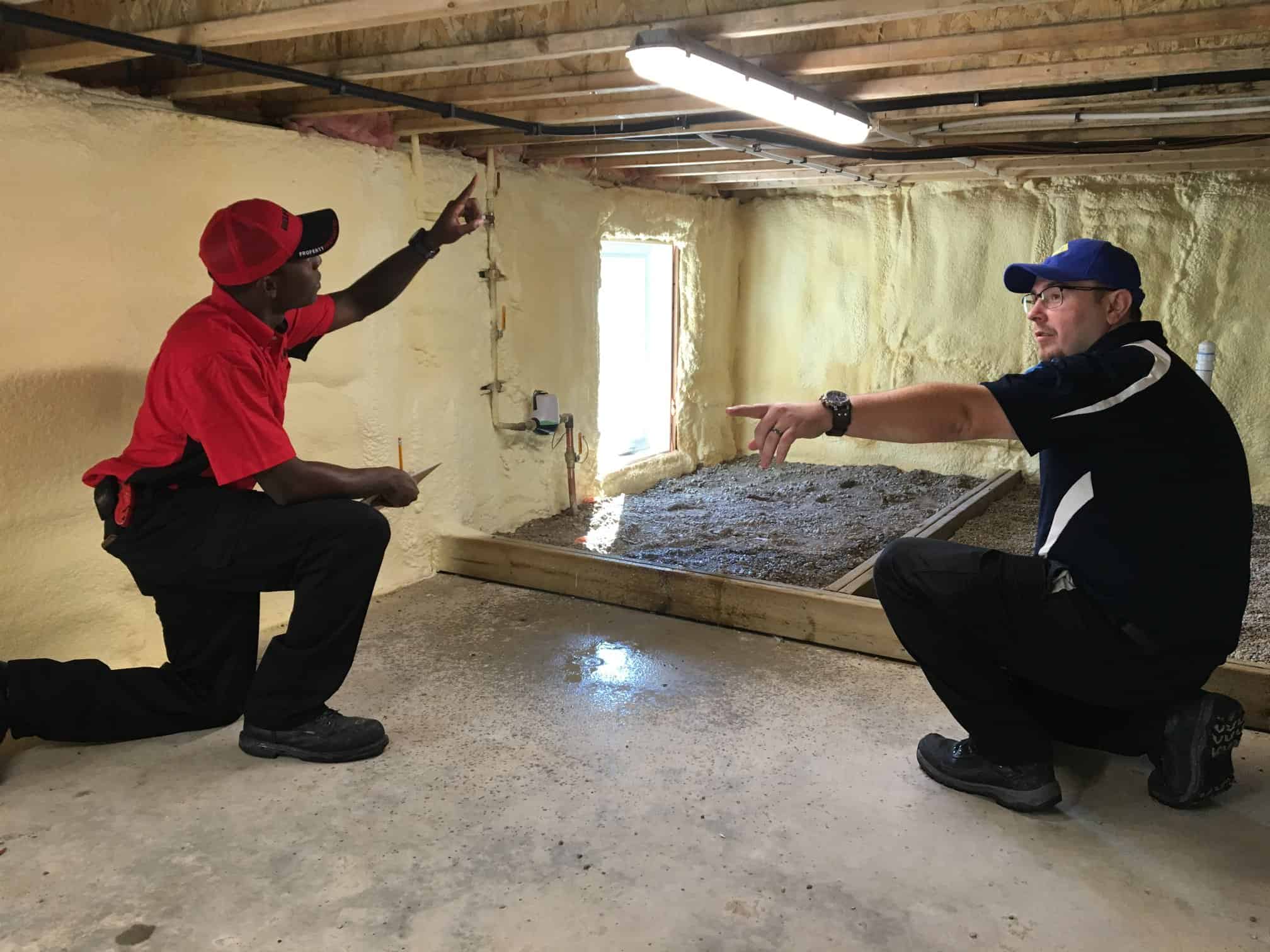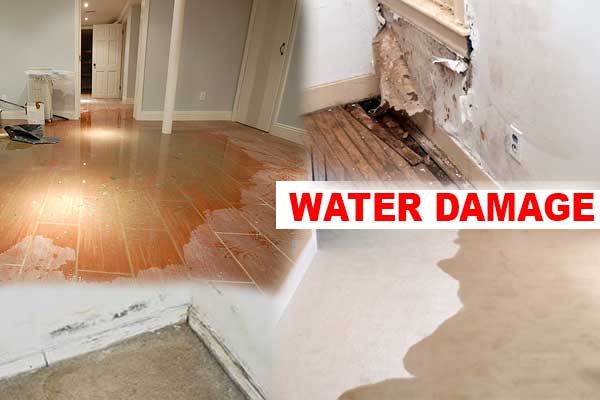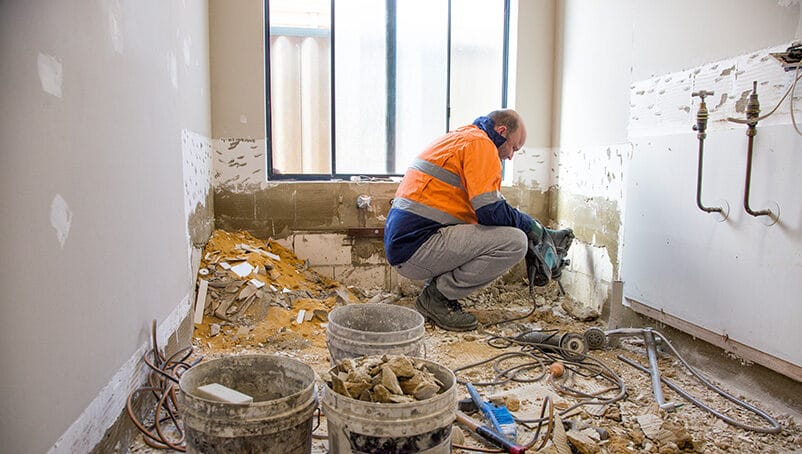Emergency Water Damage Restoration to Restore Your Property Quickly
Emergency Water Damage Restoration to Restore Your Property Quickly
Blog Article
The Process of Water Damages Cleaning: Guaranteeing Your Home Is Recovered Effectively
Water damages can be an overwhelming obstacle for home owners, necessitating a structured and meticulous cleaning process to restore safety and performance. damage restoration services. Following this, efficient water removal strategies play a pivotal duty in minimizing more harm.
Analyzing the Damage
Upon finding water damages, the very first step is to completely examine the level of the impact. This first assessment is essential, as it assists figure out the necessary steps for efficient cleanup and remediation. Begin by examining the affected locations, including walls, ceilings, floorings, and individual items, to identify the resource of the water invasion, whether from flooding, leakages, or condensation.
Recording the damages is essential for both insurance coverage claims and preparing restoration efforts - damage restoration services. Usage photographs and created notes to capture the intensity of the damages, keeping in mind any afflicted structural elements and products. Pay unique attention to areas that may not be quickly noticeable, such as behind wall surfaces and under carpetings, as hidden wetness can cause additional complications, consisting of mold development
Additionally, evaluate the timeline of the water direct exposure. Ultimately, a thorough evaluation lays the groundwork for a successful water damage clean-up process, ensuring that all influenced locations are resolved efficiently and extensively.
Water Extraction Methods

Professionals generally use completely submersible pumps for larger quantities of water, which can swiftly alleviate flooding in cellars or other affected locations. For smaller sized quantities, wet/dry vacuums are often used to extract recurring wetness from rugs and tough surfaces. Additionally, making use of mobile extractors enables targeted elimination in constrained areas or locations with delicate materials.
In instances of infected water, such as sewage or floodwater, advanced removal techniques may involve making use of biohazard tools to make sure safety and security and compliance with wellness policies. High-powered extraction devices are critical in minimizing water retention in structural materials, which can lead to mold growth and architectural deterioration otherwise resolved immediately.
Eventually, the effectiveness of water removal strategies plays a pivotal duty in the overall success of the water damages cleaning process, laying the foundation for succeeding remediation efforts.
Drying and Dehumidification
Once standing water has actually been effectively removed, the next important stage in the water damages cleaning process is drying out and dehumidification. This action is important to protect against more damage and mold development, which can happen within 24 to two days in wet settings.
To accomplish effective drying, specialized tools such as industrial-grade air movers and dehumidifiers is utilized. Air movers distribute air across damp surfaces, enhancing evaporation prices, while dehumidifiers reduce humidity degrees in the air, promoting a favorable environment for drying. The mix of these tools ensures that wetness is extracted from wall surfaces, floors, and furnishings, permitting them to dry completely.
It is essential to keep an eye on the drying process closely. Experts frequently utilize moisture meters to analyze the moisture material in numerous materials, making sure that all influenced areas reach appropriate dryness degrees. This careful strategy assists to stop surprise wetness pockets that can result in structural damages or harmful mold and mildew development.

Cleaning and Disinfecting
After the drying and dehumidification phase is total, the next vital step in water damages clean-up is cleansing and sanitizing the affected areas. This process is essential to stop the growth of mold, bacteria, and other microorganisms that grow in wet atmospheres.
The cleaning phase commonly entails eliminating any debris, dirt, and contaminants from surface areas making use of specialized cleaning representatives. For hard surface areas, a mix of soap and water or industrial cleansing items is typically employed. Soft materials, such as furniture and rugs, may call for extra extensive cleansing methods, including steam cleansing or deep extraction techniques, to make certain thorough sanitation.

Sterilizing follows cleaning, utilizing EPA-approved anti-bacterials to remove dangerous microorganisms. This step is crucial, particularly in areas that might have come into call with floodwaters or sewer, as these sources can pose serious health and wellness threats.
Furthermore, it is essential to address any type of remaining smells, which may call for the use of smell neutralizers or advanced methods like ozone therapy. Correct cleansing and sterilizing not only restore the security and health of your home however also prepared for successful reconstruction and repair work in subsequent stages of the water damages clean-up procedure.
Restoration and Repair Services

When the analysis is total, reconstruction initiatives can begin. Additionally, floor covering might call for comparable focus, depending on the level of water exposure.
It is vital to engage experienced repair specialists throughout this procedure, as they have the proficiency to deal with intricate fixings efficiently. They can assist reduce potential future concerns, such as mold and mildew growth or structural instability, hence ensuring a risk-free and habitable living atmosphere. Eventually, reliable restoration and fixings bring back the home's honesty and improve its total value.
Final Thought
To conclude, the procedure of water damage cleaning is essential for bring back a home to its pre-damage condition. Each phase, from analyzing the damages to applying efficient water removal strategies, adhered to by complete drying, sanitizing, and essential repair work, plays a vital duty in making certain security and compliance with building standards. Reliable implementation of these actions not only alleviates prompt damage but additionally boosts the long-lasting stability and worth of the residential or commercial property.
Water damages can be a daunting challenge for house owners, requiring a careful and organized clean-up process to restore safety and capability. Inevitably, a comprehensive analysis lays the groundwork for an effective water damage clean-up process, making sure that all influenced locations are addressed properly and thoroughly.
Effective water removal methods are vital in alleviating damage and protecting against additional difficulties complying with a water breach event.In conclusion, the procedure of water damages cleaning is important for recovering a home to its pre-damage problem. Each phase, from assessing the damages to carrying out efficient water extraction techniques, adhered to by complete drying, sterilizing, and required repair services, plays an important function in ensuring safety and security and compliance with building requirements.
Report this page